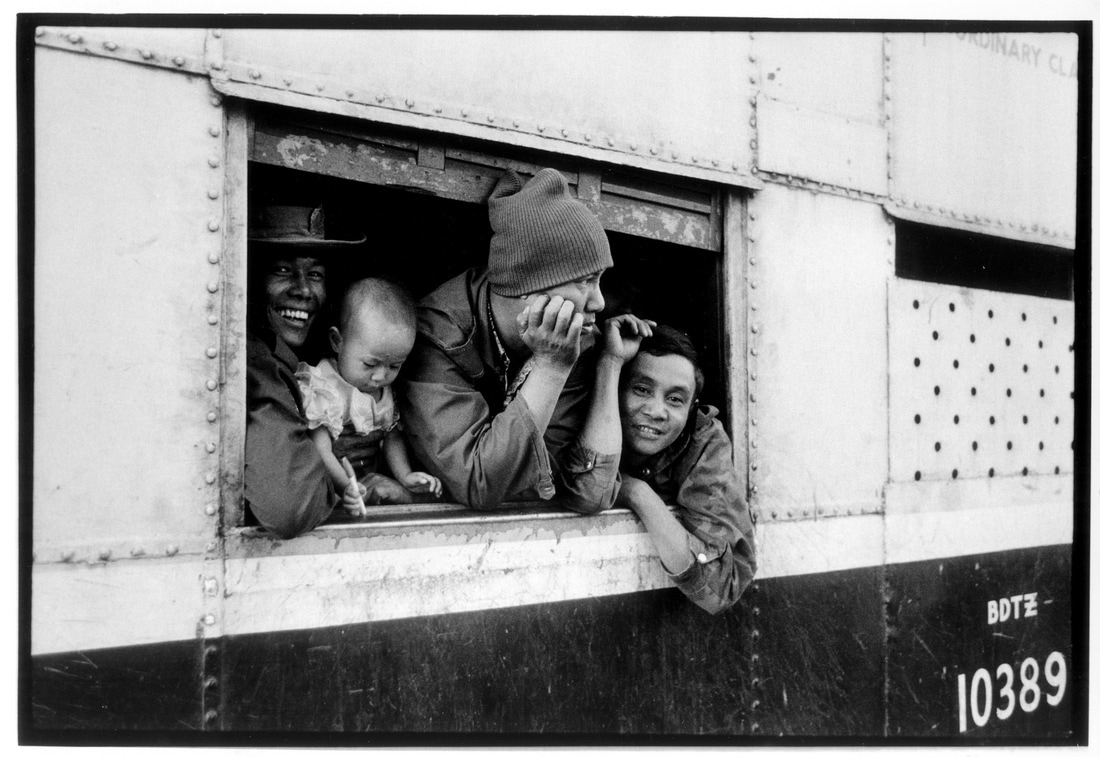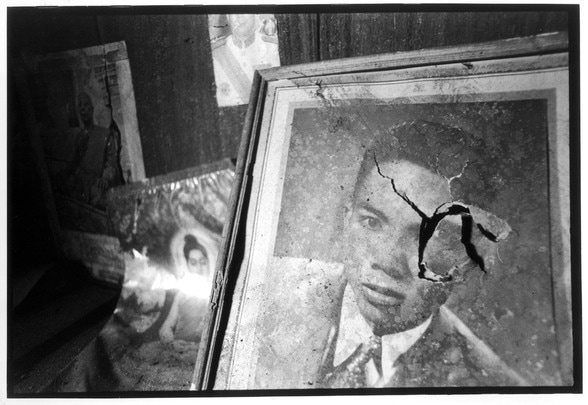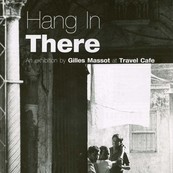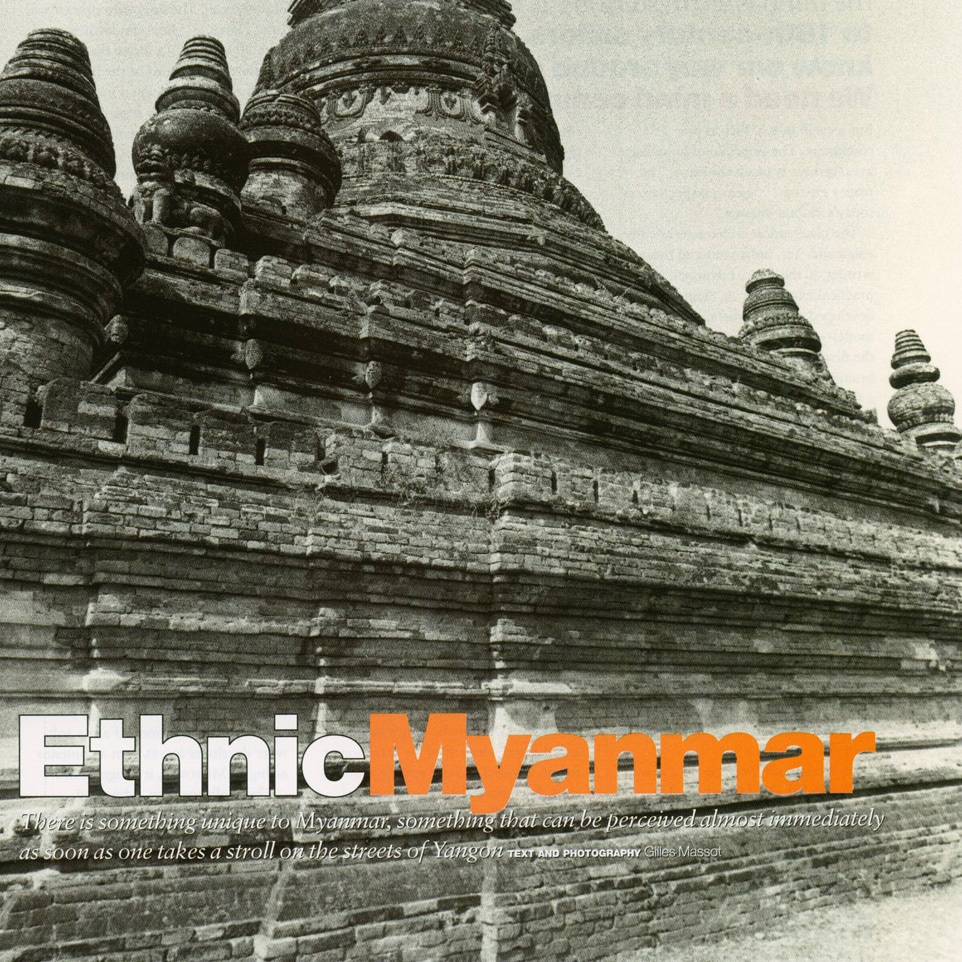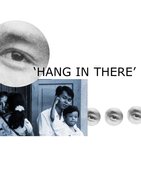When Michael Tay and Gilles Massot met in May 2000 for professional reasons, they also quickly discovered that they shared the same passion: travel, or rather, the Art of Travel. Gilles had been lucky enough to make a living from it for most of his professional life through his work as a photojournalist and travel writer. As for Michael, he had recently open a café in Prinsep Street aptly named ‘Travel Café’. He intended it as a place for travel amateurs and those addicted to travel to find information on destinations around the world as well as meet and share experiences in a relax and informal setting. Gilles was already thinking of presenting an exhibition of travel photographs as a way to celebrate the 20th anniversary of his coming to Asia and Michael for ways of making the café alive with travel related activities. One could say that this was a perfect match.
|
Exhibition InviteExhibited Photographs
The GazeThe Many Faces of Travel
|

